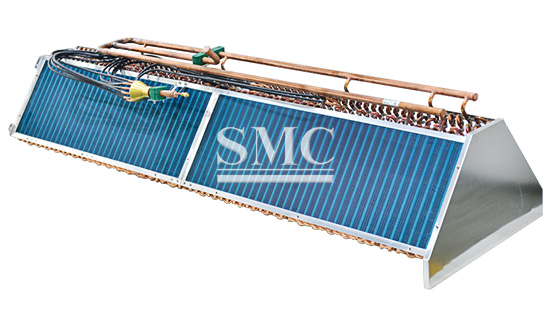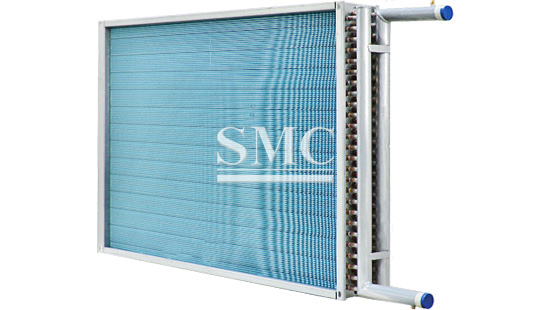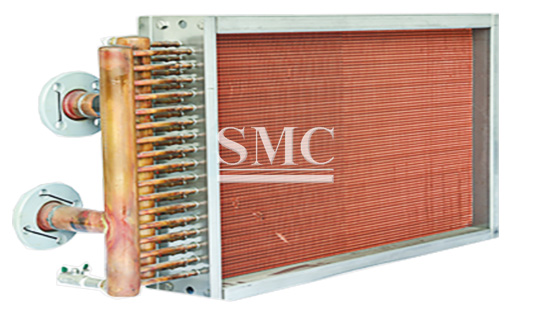
- Company overview The heart of SMC Vision & Philsophy Partnership Certifications Company culture
- Our service Design and Engineering Maintenance and Service Examine Production Line Upgrade and Transformation Storage and Logistics Processing, Trading and Distributor
- Management Our history Global responsibility Info Center
- Procurement center Internship
- Metal Steel Products Stainless Steel Products Aluminum Products Copper Products Galvanized Steel and PPGI Special Alloy Building Material
- Containers ISO Standard Container Equipment Container Storage Container Refrigerated/Reefer Container Offshore Container Container House Tank Container Container Fittings Container Trailer
- Gas Cylinder & Fire Extinguisher Cryogenic Liquid Cylinder Oxygen Gas Cylinder Storage Tank CNG Gas Cylinder LPG Gas Cylinder Hydrogen Gas Cylinder Nitrogen Gas Cylinder Industry Gas Cylinder Fire Extinguisher
- Metal Machinery Forming Machine Cutting Machine Processing Machine Bending Machine Block Machine Other Machinery Motor Spare Parts
- Mechanical Products Miscellany Mooring Equipment Marine Equipment Vehicle Industry Pressure Vessel Conveyor Belt Laser Equipment Bearing
- Electrical System Power Distribution Automation Electrical Cable Solar Power System Electric Protection System Transformer Production Line Lighting System
- Project Plastic Pipes and Pipe Fittings Fiberglass Reinforced Plastic Pontoon System
About Air Heat Exchanger
An air heat exchanger (radiator) is a device that exchanges heat between air and another medium. There must be a certain temperature difference on both sides. It can heat or cool the air to the required temperature state to achieve the purpose of heating and cooling the air. This type of equipment is commonly used in air conditioning systems, especially industrial centralized air supply drying and condensing systems.
Air heat exchangers (radiators) include air heaters and air coolers. The heater uses hot water, steam or thermal oil as the heat medium. The medium in the cooling pipe is mostly cooling water, chilled water or other refrigerants. When the cooling temperature drops below the dew point, the moisture in the air condenses, and the air cooler at this time is also called a condenser.

Working Principle
The working principle of the air heat exchanger mainly involves the exchange of heat. Its core is to help the outside air come into contact with the hot fluid through the fins and tube walls inside the equipment, thereby achieving heat exchange.
The working principle of air heat exchanger can be summarized as follows:
1. Air movement. The air on the heat source side and the cold source side flows through fans or other means. Through the flowing air, heat can be effectively transferred.
2. Heat transfer by conduction. During the flow of air, the metal plates or pipes on the heat source side and cold source side will contact the air and transfer heat to the air through conduction.
3. Convective heat transfer. In addition to conduction, air flow can also transfer heat through convection. Convection refers to the heat transfer of fluid during the flow process. Through the flowing air, heat will be transferred from the heat source side to the cold source side.
4. Radiation heat transfer. In addition to conduction and convection, radiation is also a way of heat transfer. The metal plates or pipes on the heat source side and cold source side will radiate heat and transfer it to the air through radiation.
In addition, the air heat exchanger also contains several parts such as a heat exchange system, a power system, a control system, and a filtration system. These systems work together to achieve gas circulation within the equipment and transfer heat to the gas through the difference in indoor and outdoor temperatures. exchange, thereby lowering the indoor temperature.

Specifications
1) Function
Hot air heating, cooling, condensation, dehumidification and drying.
2) Classification
Evaporator, condenser, surface cooler, refrigeration, etc.
3) Instructions for use
If used for heating, heating and pressurization should be carried out slowly; if used for cooling, cooling should be stopped before shutting down.
4) Maintenance
A. The sealing performance of the pipeline should be checked at any time to see if there is any leakage.
B. The water quality should be kept good to reduce the formation of scale.
C. The air heat exchanger (radiator) should be cleaned regularly to remove scale, dirt and impurities.
Features
1) Reasonable structural design, close contact, and good heat exchange performance.
2) Cost saving and high cost performance.
3) Advanced processing technology and strict quality assurance system.
4) Easy to install and use, and simple and convenient to maintain.

For more information, please visit: https://www.shanghaimetal.com/air_heat_exchanger_radiator-13887.htm
For our full list of products that we offer check out our website here. Be sure to join the conversation in our LinkedIn group, Facebook, Twitter.
Try also our WeChat by scanning the QR code below.
Fever L.//SMC Editor

